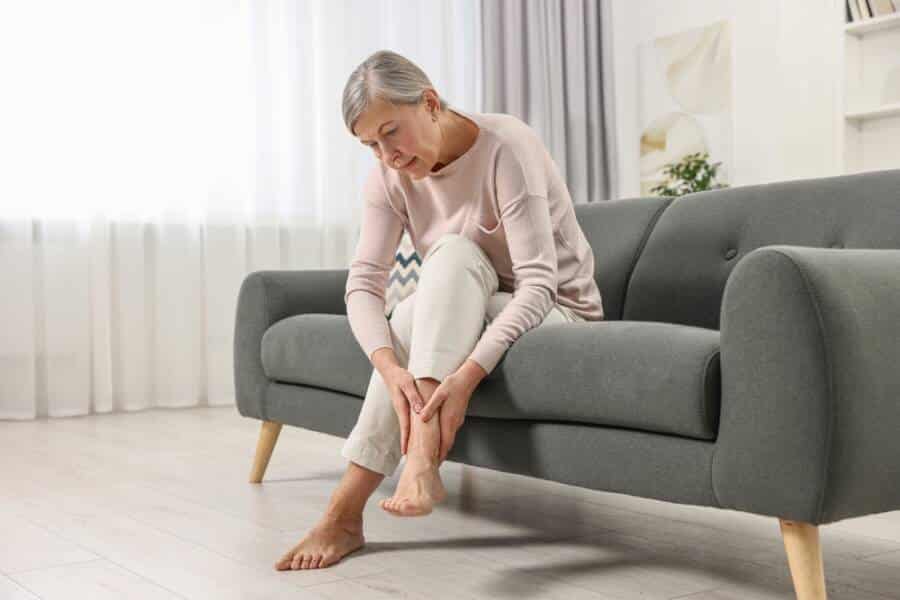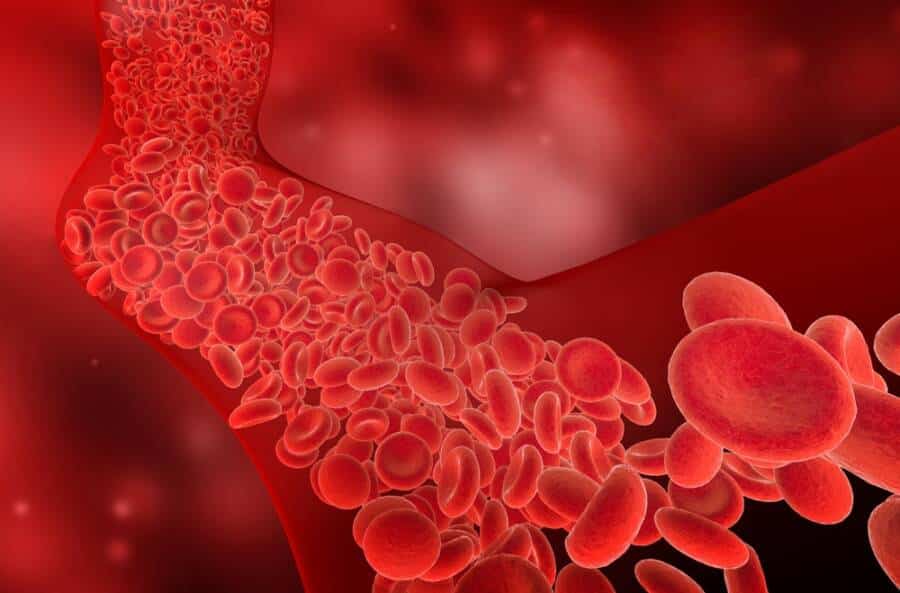Did you know that these habits can cause joint pain?
We have all experienced joint pain at least once in our lifetimes, but for some people, this pain can become chronic and debilitating. Your cartilage, the protective cushion between your bones, is exposed to usage every day, and over time, the effects of wear and tear can show up.
The Centers for Disease Control and Prevention (CDC) report that over 50% of those over 65 suffer from arthritis, with osteoarthritis being the most frequent form. This is a generative joint disease, and the chances of developing it increase with age.
Now, it is true that you can’t slow down time, but your lifestyle choices mean more than you think, and they can truly help you maintain healthier joints for longer. Read on and find out what the worst habits are for your joints. Ditch these habits, say goodbye to joint pain, and restore your mobility.

1. Texting
Ok, maybe you will find this one weird because you are texting on your phone and you feel good. Your fingers seem to be in their best shape, and you don’t present any pain.
This is amazing, but excessive texting all day every day can be incredibly harmful for the joints in your hands because it can cause inflammation of the tendons and joints, and later this can result in joint pain.
And this is not only for phone keyboards. Laptops, iPads, and anything that has a keyboard can lead to arthritis over time. Now, we don’t say to stop texting and writing on the keyboard altogether, but the trick here is to take breaks.
In order to avoid joint pain, you can use the speech-to-text function on your smartphone. Maybe you find it useless right now, but over time you’ll be thankful you used it and that your fingers are pain-free.
2. Smoking
We know that you want to give up on cigarettes, and here is another reason to do so. Smoking can cause joint pain, and it is all because nicotine narrows the blood vessels.
When this happens, oxygen and nutrients don’t manage to reach the joint cartilage, which can cause severe cartilage loss over time. Your cartilage gets its nutrients from the adjacent bone and joint fluid, and when the blood vessels are narrowed, this process is restricted.
But this is not all, because smoking has more bad effects on your joints. When you smoke, you increase your chances of getting osteoporosis, and there are numerous studies to back this up. According to the American Academy of Orthopaedic Surgeons, elders who smoke are 30–40% more likely to break their hips than nonsmokers.
Besides this, smoking can also increase pain sensitivity, which means your joint pain can be perceived as more severe if you are a smoker, and your pain relief medication can be less effective.
3. Carrying heavy objects
This is not a surprise at all. Heavy lifting can cause joint pain if you are not careful, and we are not talking about jobs that involve such tasks. Carrying a full tote bag or picking up your grandchild when you visit them can take a toll on your body and your joints.
Carrying heavy objects creates an imbalance, and this type of imbalance stresses the joints and, over time, can destroy the cartilage.
But what is considered a heavy load? This is a good question because most of us don’t know how to define it, and we tend to overestimate it, believing that a heavy load is something that is indeed incredibly hard to carry around, but this is not the case.
When doctors say heavy load, they refer to anything that requires more than one hand to pick up. Yes, this is the actual definition, and this can change your entire life. Play it safe, and anytime you have to carry something heavy, use your arms instead of your hands alone because this can reduce the stress on your joints and, in the end, help you avoid joint pain.
4. Not sleeping enough
Sleep is a big factor when it comes to your overall health, especially when we are talking about joint pain. If your joints hurt, it might be hard for you to fall asleep. Actually, 70% of those suffering from osteoarthritis report sleep disturbances. But if you don’t sleep well, your joint pain can get worse during the day. As you can see, this is a tricky relationship, and dealing with it can be quite complicated.
But what can you do when you need a good night’s sleep but, because of the pain, are not able to get restful sleep? Scientists say that cognitive behavioral therapy (or CBT-I) might help if you have to deal with chronic pains that don’t let you sleep during the night. Also, another thing that can help is to have an exercise routine.
Movement has long been shown to help relieve joint discomfort, and those who exercise more during the day are more likely to have a good night’s sleep.

5. Inactive lifestyle
Since physical activity helps you so much with joint pain, it is not that surprising that a sedentary lifestyle is bad and can damage your joints. Extra pounds are terrible for your hips, hands, and knee joints, and because of this, you should strive to maintain a healthy weight.
Research in Arthritis & Rheumatology journal found that knees are particularly susceptible after following over 1.7 million patients for four years. Obese participants (BMI 30 or above) were between three and five times more likely to develop knee osteoarthritis.
Also, according to another study, losing one pound of body weight relieves four pounds of strain on the knees.
So, if you want to be more active and avoid joint pain, you can start with 30 minutes of joint-friendly exercise for five days per week. Try to do low-impact activities such as walking, swimming, or water aerobics, as they are easy on the joints, and at the same time, do some physical exercises that will help you lose some pounds or maintain a healthy weight.
6. Eating inflammatory foods
If you love French fries, red meat, soda, white sugar, and pastries, then we have some bad news for you. They are all inflammatory foods, and if you want to avoid joint pain, it might be a good idea to stop eating them. Or at least not eat them too often.
On the other hand, if you want to reduce inflammation, you can try foods rich in omega-3 fatty acids, such as salmon and mackerel, or flaxseed oil. These are anti-inflammatory foods and are well known to reduce joint pain.
According to research published in Rheumatology, leafy greens, as well as cholesterol-lowering nuts such as almonds, pistachios, and walnuts, are all recommended. The study discovered a connection between elevated levels of cholesterol and knee and hand arthritis, and because of this, lowering your cholesterol can greatly help you maintain your joints.
If you want to go out and exercise, keep in mind that you should always be hydrated. This is why a water bottle might come in handy: Hydro Flask Stainless Steel Standard Mouth Water Bottle with Flex Cap and Double-Wall Vacuum Insulation
You should also read: You May Have a Sun Allergy Without Knowing – Here Are the Signs





